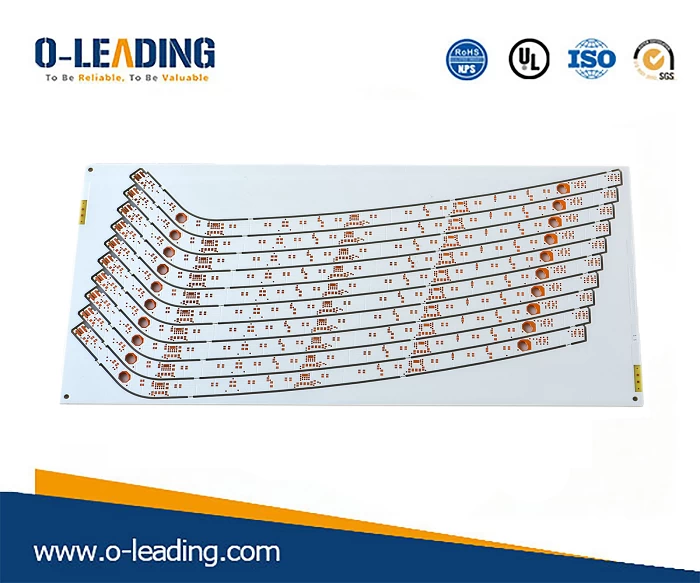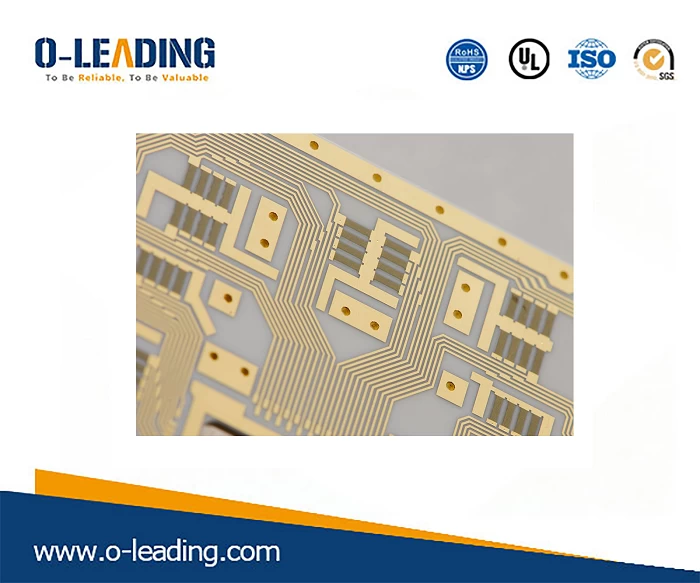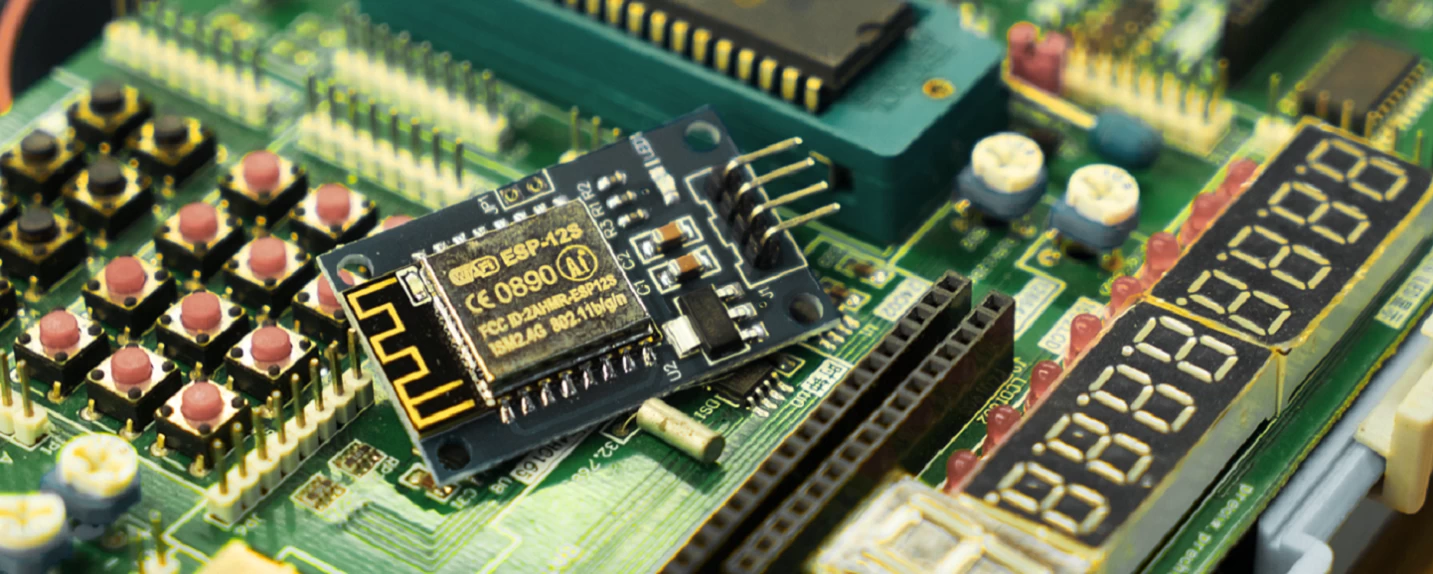SMT quality problems and solutions
Common defects and solutions in the dispensing process
1.Brushing / smearing: It is a common defect in dispensing, and the common causes are the too small inside diameter of the nozzle, the high dispensing pressure, the distance between the nozzle and the PCB, the expired or bad quality of the adhesive, The adhesive of the patch is too good, it cannot be returned to room temperature after being taken out of the refrigerator, and the amount of dispensing is too large.
Solution: Change the glue tip with a larger inner diameter; reduce the dispensing pressure; adjust the "stop" height; change the glue, choose the appropriate viscosity of the glue type; the patch glue should be returned to room temperature (about 4h) after taking out from the refrigerator and then Put into production; adjust dispensing volume.
2.The glue nozzle is blocked: the failure phenomenon is that the glue nozzle has a small amount of glue or no glue spots come out. The reason is generally that the pinholes are not completely cleaned; impurities are mixed in the patch glue, and there is a plugging phenomenon; The glue is mixed.
Solution: Change the clean needle; change the good quality glue; the grade of the glue should not be mistaken.
Laser drilling manufacturer china

3. Runaway: The phenomenon is that there is only dispensing, but there is no glue output. The reason is that the patch glue is mixed with air bubbles; the glue mouth is blocked.
Solution: The glue in the syringe should be degassed (especially the glue installed by yourself); replace the glue nozzle.
4. Component shifting: The phenomenon is that the component is shifted after the chip adhesive is cured, and the component pins are not on the pads in severe cases. The reason is that the amount of chip glue is not uniform, such as two points of chip components One more and one less; component shift or initial adhesive strength of the patch is low when mounting; the PCB is placed for too long after dispensing and the glue is semi-cured.
Solution: Check the glue nozzle for blockage to eliminate uneven glue; adjust the working state of the placement machine; change the glue; the PCB placement time after dispensing should not be too long (less than 4h)

5.The chip will fall off after wave soldering: the phenomenon is that the bonding strength of the components after curing is insufficient, lower than the specified value, and sometimes the chipping will occur when touched by hand. The reason is that the curing process parameters are not in place, especially the temperature is not enough, the component Too large size, large heat absorption; aging of light curing lamps; insufficient glue; contamination of components / PCB.
Solution: Adjust the curing curve, especially increase the curing temperature. Generally, the peak curing temperature of the thermal curing adhesive is about 150 ℃, and the failure to reach the peak temperature will easily cause the film to fall off. For the light curing adhesive, you should observe whether the light curing lamp is aging Whether the lamp is blackened; the amount of glue and the component / PCB are polluted are issues that should be considered.

6.The component pin floats up / shifts after curing: This kind of failure phenomenon is that the component pins float or shift after curing. After soldering, the solder will enter the pad, and in severe cases, short circuit and open circuit will occur. Mainly due to uneven patch glue, excessive amount of patch glue, or component offset when mounting.
Solution: Adjust the dispensing process parameters; control the amount of dispensing; adjust the placement process parameters.

































